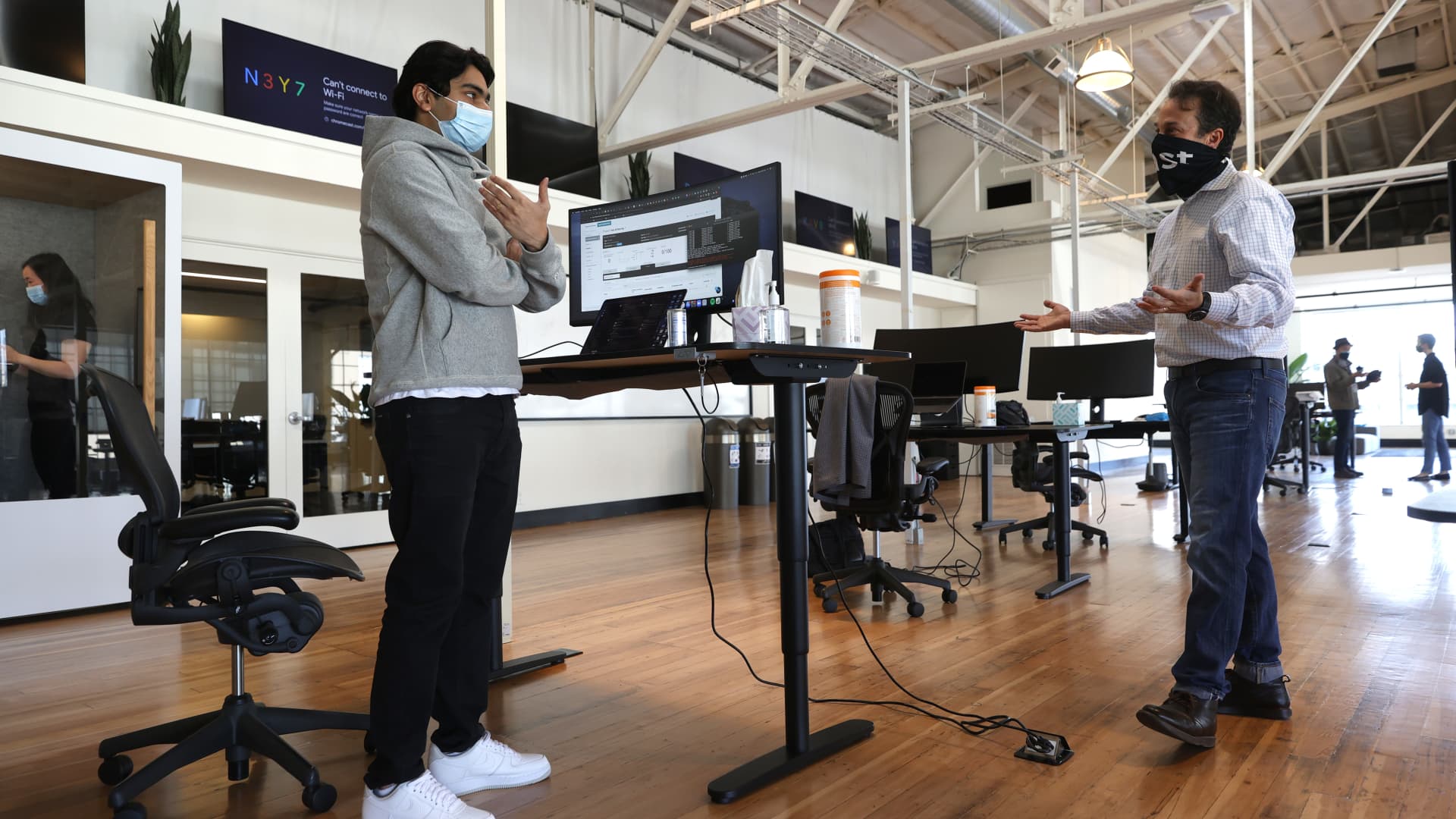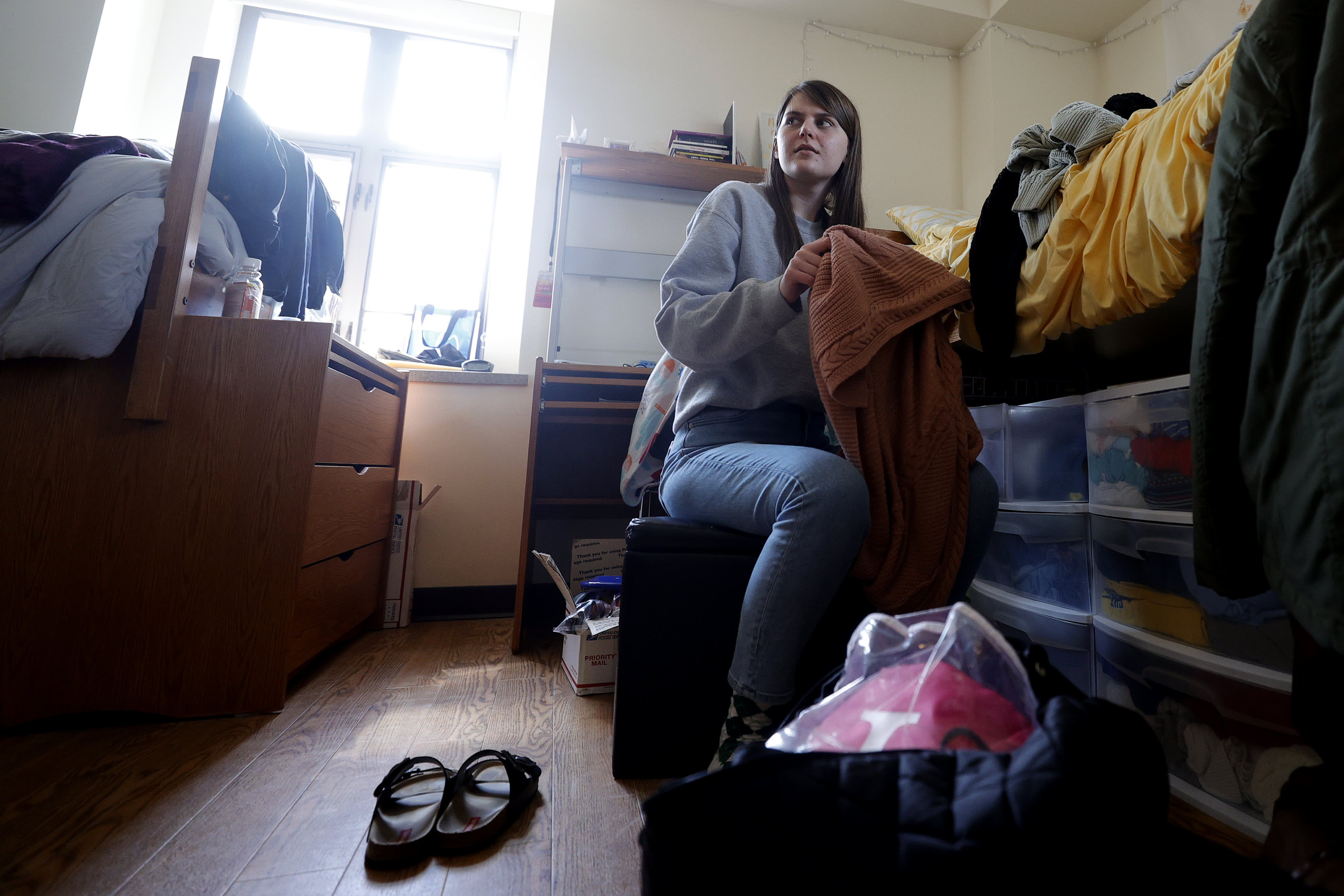What the Science Says About Time-Restricted Eating
Are there benefits to giving yourself a bigger daily break from eating? The reason many blood tests are taken after an overnight fast is […]
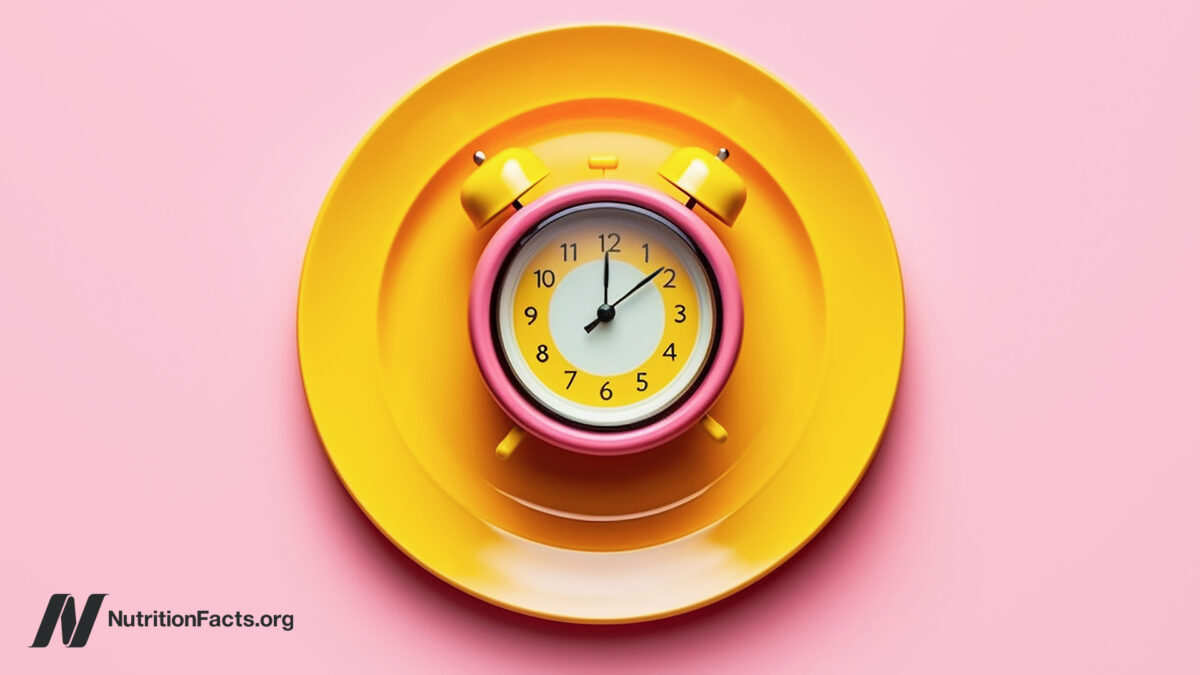
Are there benefits to giving yourself a bigger daily break from eating?
The reason many blood tests are taken after an overnight fast is that meals can tip our system out of balance, bumping up certain biomarkers for disease, such as blood sugars, insulin, cholesterol, and triglycerides. Yet, as you can see in the graph below and at 0:20 in my video Time-Restricted Eating Put to the Test, fewer than one in ten Americans may even make it 12 hours without eating. As evolutionarily unnatural as getting three meals a day is, most of us are eating even more than that. One study used a smartphone app to record more than 25,000 eating events and found that people tended to eat about every three hours over an average span of about 15 hours a day. Might it be beneficial to give our bodies a bigger break?
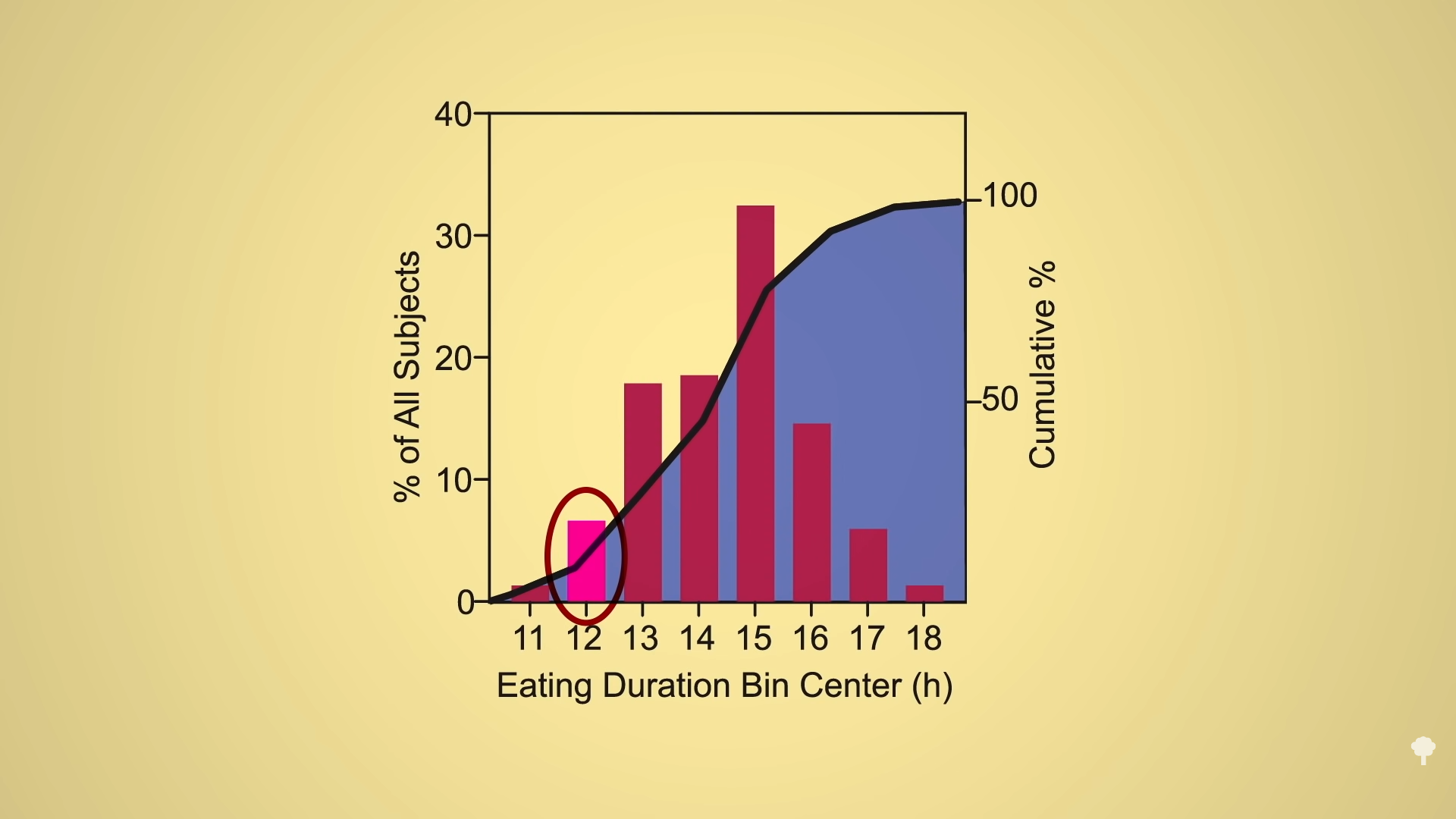
Time-restricted feeding is “defined as fasting for periods of at least 12 hours but less than 24 hours,” and this involves trying to confine caloric intake to a set window of time, typically ranging from 3 to 4 hours, 7 to 9 hours, or 10 to 12 hours a day, which results in a daily fast lasting 12 to 21 hours. When mice are restricted to a daily feeding window, they gain less weight even when fed the same amount as mice “with ad-lib access.” Rodents have such high metabolisms, though, that a single day of fasting can starve away as much as 15 percent of their lean body mass. This makes it difficult to extrapolate from mouse models. You don’t know what happens in humans until you put it to the test.
The drop-out rates in time-restricted feeding trials certainly appear lower than most prolonged forms of intermittent fasting, suggesting it’s more easily tolerable, but does it work? Researchers found that when people stopped eating from 7:00 p.m. to 6:00 a.m. for two weeks, they lost about a pound each week compared to no time restriction. Note that “there were no additional instructions or recommendations on the amount or type of food consumed,” and no gadgets, calorie counting, or record-keeping either. The study participants were just told to limit their food intake to the hours of 6:00 a.m. and 7:00 p.m., a simple intervention that’s easy to understand and put into practice.
The next logical step? Put it to the test for months instead of just weeks. Obese men and women were asked to restrict eating to the eight-hour window between 10:00 a.m. and 6:00 p.m. Twelve weeks later, they had lost nearly seven pounds, as you can see in the graph below and at 2:18 in my video. This deceptively simple intervention may be operating from several different angles. People not only tend to eat more food later in the day, but eat higher fat foods later in the day. By eliminating eating in the late-evening hours, one removes prime-time snacking on the couch, a high-risk time for overeating. And, indeed, during the no-eating-after-7:00-p.m. study, the subjects were inadvertently eating about 250 fewer calories a day. Then, there are also the chronobiological benefits of avoiding late-night eating.

I did a whole series of videos about the role our circadian rhythms have in the obesity epidemic, how the timing of meals can be critical, and how we can match meal timing to our body clocks. Just to give you a taste: Did you know that calories eaten at dinner are significantly more fattening than the same number of calories eaten at breakfast? See the table below and at 3:08 in my video. 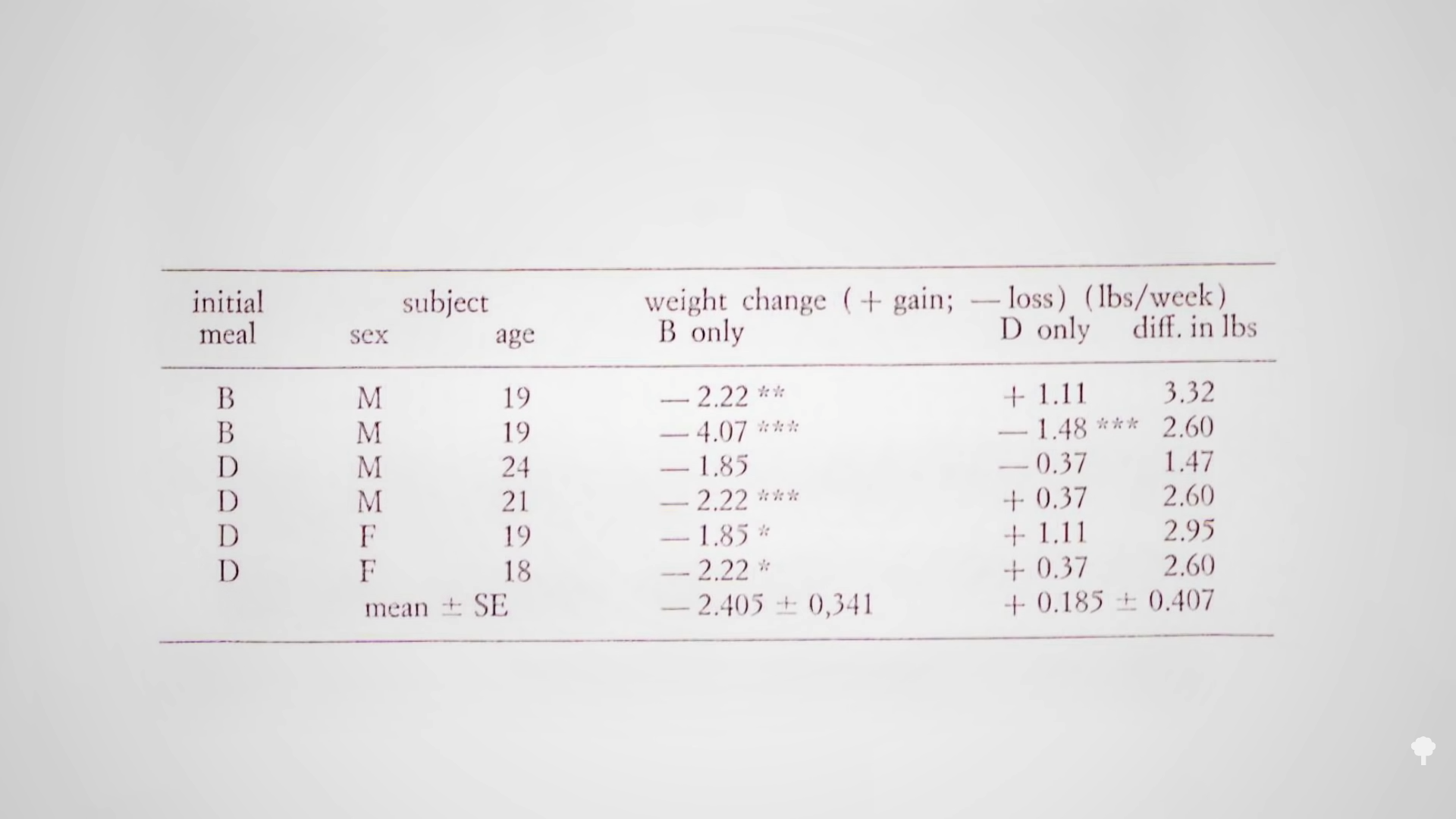
Calories consumed in the morning cause less weight gain than the same calories eaten in the evening. A diet with a bigger breakfast causes more weight loss than the same exact diet with a bigger dinner, as you can see in the graph below and at 3:21 in my video, and nighttime snacks are more fattening than the same snacks if eaten in the daytime. Thanks to our circadian rhythms, metabolic slowing, hunger, carbohydrate intolerance, triglycerides, and a propensity for weight gain are all things that go bump in the night.

What about the fasting component of time-restricted feeding? There’s already the double benefit of getting fewer calories and avoiding night-time eating. Does the fact that you’re fasting for 11 or 16 hours a day play any role, considering the average person may only make it about 9 hours a day without eating? How would you design an experiment to test that? What if you randomized people into two groups and had both groups eat the same number of calories a day and also eat late into the evening, but one group fasted even longer, for 20 hours? That’s exactly what researchers at the USDA and National Institute of Aging did.
Men and women were randomized to eat three meals a day or fit all of those same calories into a four-hour window between 5:00 p.m. and 9:00 p.m., then fast the rest of the day. If the weight-loss benefits from the other two time-restricted feeding studies were due to the passive calorie restriction or avoidance of late-night eating, then, presumably, both of these groups should end up the same because they’re both eating the same amount and they’re both eating late. That’s not what happened, though. As you can see below and at 4:49 in my video, after eight weeks, the time-restricted feeding group ended up with less body fat, nearly five pounds less. They got about the same number of calories, but they lost more weight.
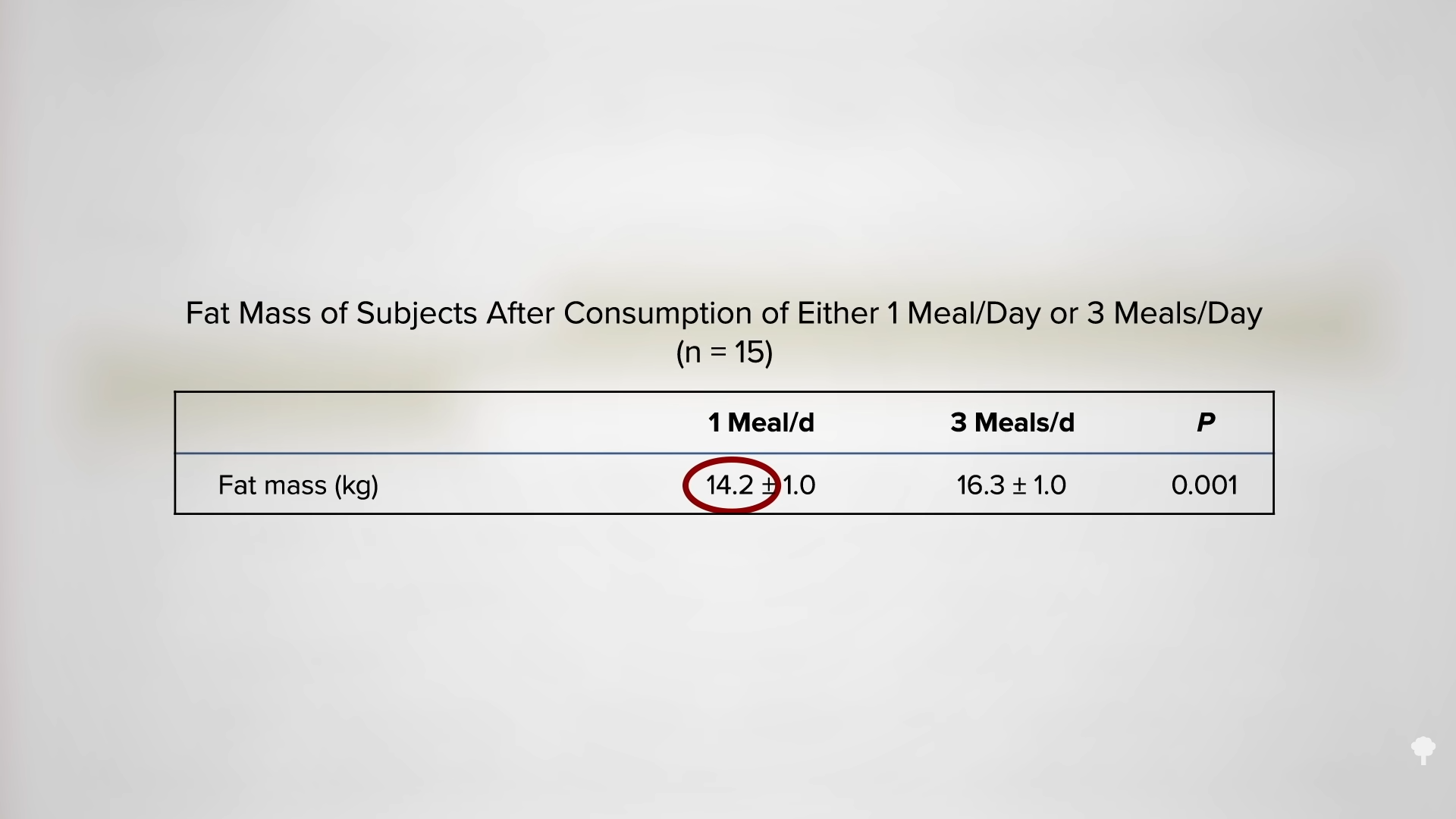
As seen below and at 5:00 in my video, a similar study with an eight-hour eating window resulted in three more pounds of fat loss. So, there does seem to be something to giving your body daily breaks from eating around the clock.

Because that four-hour eating window in the study was at night, though, the participants suffered the chronobiological consequences—significant elevations in blood pressure and cholesterol levels—despite the weight loss, as you can see below and at 5:13 in my video. The best of both worlds was demonstrated in 2018: early time-restricted feeding, eating with a narrow window earlier in the day, which I covered in my video The Benefits of Early Time-Restricted Eating.

Isn’t that mind-blowing about the circadian rhythm business? Calories in the morning count less and are healthier than calories in the evening. So, if you’re going to skip a meal to widen your daily fasting window, skip dinner instead of breakfast.
If you missed any of the other videos in this fasting series, check out the related videos below.

 JimMin
JimMin 







